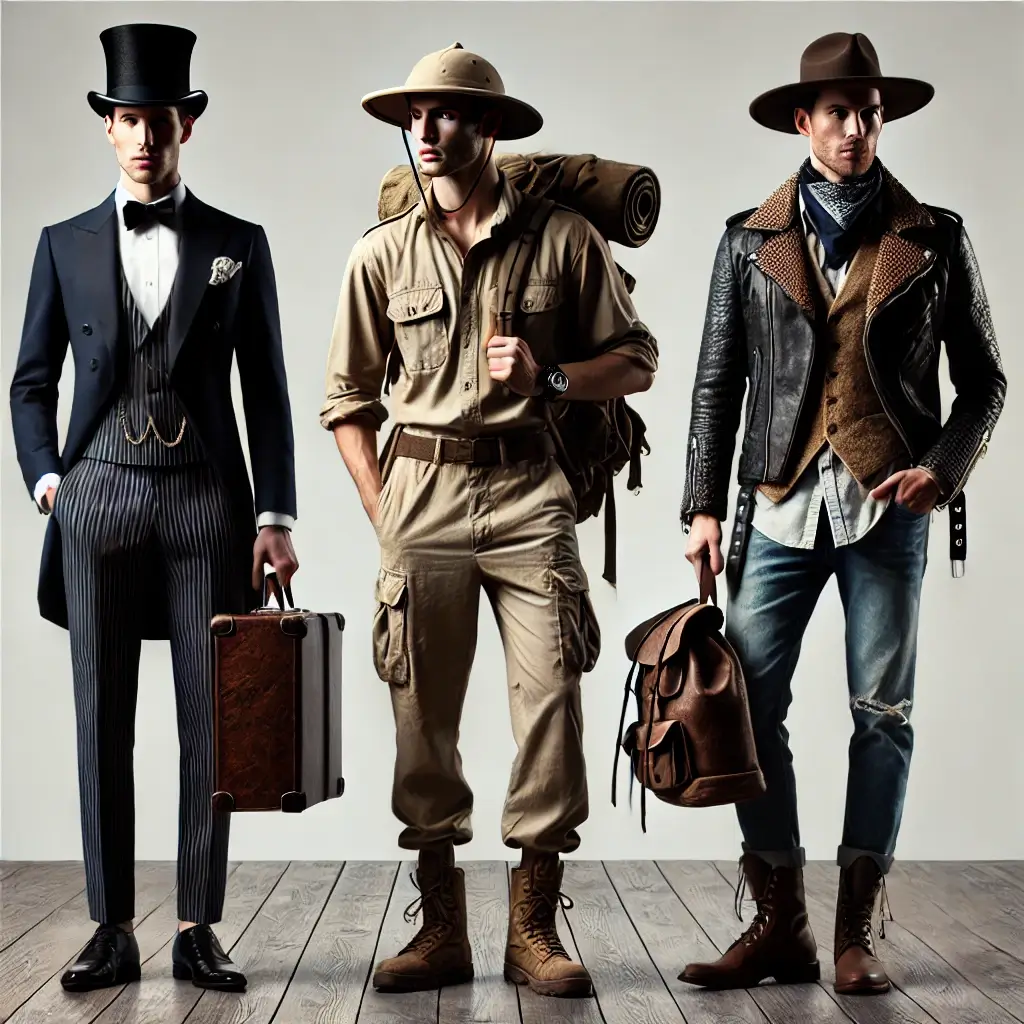Social objectives in fashion brands are more than just good intentions—they are measurable targets that aim to benefit employees, customers, and society. As consumers demand more accountability, the rise of social enterprises in fashion highlights how business goals can align with social impact, creating ethical and sustainable brands.
Discover how aligning business goals with mission statements ensures accountability and growth for fashion brands like Eileen Fisher and Adidas. Learn the key elements of setting effective business goals.
Have Project In Mind?
Strategic Merchandising | Strategic Sourcing | Bridging the Gap Between Global Fashion Brands & Manufacturers | Apparel Fluency
Contact Details
- Building 36, Road 20, Sector 13, Uttara,
- Dhaka-1230, Bangladesh
- antor@antor.xyz
- +880 17 9202 0736


